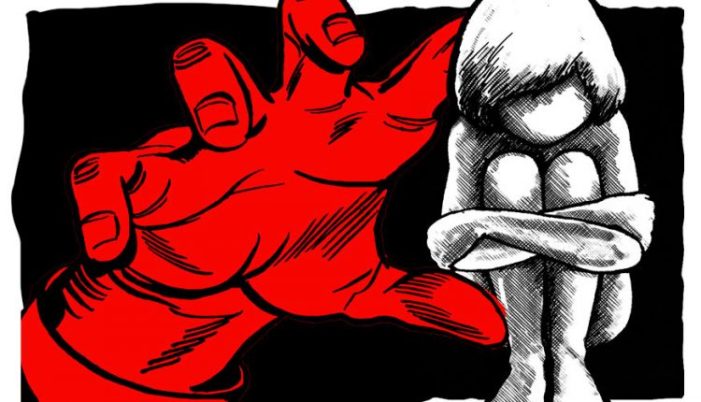In the case of Dharmander Singh @Saheb v. The State (Govt. Of NCT, Delhi), (Bail Appl. 1559/2020), the judgment of the High Court, Delhi dated on, 22-09-2020, stated about the essential factors that should be focused upon hearing an application for bail in the protection of children from sexual offences (POCSO) cases.
Briefly, the factual scenario that has prompted the recording of the FIR states that the applicant, being 24 years of age was engaged in a physical relationship with the complainant, who was a minor girl. Following the same, the complainant had also made a video of their intimate act, which he afterwards used to threaten and blackmail her, whenever she refused to meet him.
Ms Vagisha Kochar the learned advocate appearing on behalf of the applicant had submitted that as per the allegations made in the FIR and the charge-sheet, the entire relationship and the sexual intercourse had taken place on a consensual basis. Consequently opposing the grant of bail, Ms Neelam Sharma, learned AAP, appearing for the state had contended that the complainant was a minor, as a result in a physical relationship the question of consent doesn’t arise, and when the applicant had repeatedly engaged her in sexual intercourse, therefore it makes it more heinous crime.
She also stresses on the fact that “section 29 of the POCSO Act will apply with full vigour, whereby the court must presume the applicant to be guilty of the offences charged till he proves otherwise; and bail must not be given.”
In most of the cases, there is always a ‘presumption of innocence’ towards an accused, however, section 29 of the POCSO Act reverses this position. Section 29 of the POCSO Act creates a ‘presumption of guilt’ on the part of the accused if he is prosecuted for committing, abetting or attempting certain offences. Section 30 of the POCSO Act, states about the presumption of culpable mental state and section 31 of the said act states about the application of the code of criminal procedure 1973 to a proceeding before a special court, this two had also been drawn within the ambit respectively.
However in this case, following the situations and circumstances, the court laid down the positions that could “tilt the balance against or in favour of the accused “. The conditions are as follows:
- “the age of the minor victim: the younger the victim, the more heinous the offense alleged;
- the age of the accused: the older the accused, the more heinous the offense alleged
- the comparative age of the victim and the accused: the more their age difference, the more the element of perversion in the offence alleged;
- the familial relationship, if any, between the victim and the accused: the closer such relationship, the more odious the offence alleged;
- whether the offence alleged involved threat, intimidation, violence and/or brutality; f. the conduct of the accused after the offence, as alleged;
- whether the offence was repeated against the victim; or whether the accused is a repeat offender under the POCSO Act or otherwise;
- whether the victim and the accused are so placed that the accused would have easy access to the victim, if enlarged on bail: the more the access, the greater the reservation in granting bail;
- the comparative social standing of the victim and the accused: this would give insight into whether the accused is in a dominating position to subvert the trial;
- whether the offence alleged was perpetrated when the victim and the accused were at an age of innocence: an innocent, though unholy, the physical alliance may be looked at with less severity;
- whether it appears there was tacit approval-in-fact, though not consent-in-law, for the offence alleged;
- whether the offence alleged was committed alone or along with other persons, acting in a group or otherwise;
- other similar real-life considerations”
“It goes without saying that while considering a bail plea at any stage, whether before or after framing of charges, the court would of course apply all the other well-settled principles and parameters for grant or denial of bail.”
The above elements are some cardinal implications and considerations, however a long way from comprehensive, that would control the court in evaluating the offensiveness of the offence asserted; and in choosing what direction the equalization would tilt. However while considering the factual circumstances, it is difficult to project the considerations for award or refusal of bail as mentioned under section 29. Thus the above additional factors should also be considered even after the charges had been framed.


